Contents
1. Why should you visit Yufuin in Oita?
2. How can you get there from Fukuoka, Oita Airport, or Beppu?
3. What are the best things to do in town?
4. Where should you eat and stay (and how much)?
5. When is the best season and what is the weather like?
Yufuin sits in the basin below Mt. Yufu and feels made for slow travel: warm onsen baths, a flat main street (Yunotsubo Kaidō), and views that change with the seasons. In spring, rapeseed and cherry blossoms lift the mood. Summer is green and lively with soft mountain fog in the mornings. Autumn paints rice fields and maples gold and crimson. Winter brings clear air and sometimes a dusting of snow that makes open-air baths even better. Because the valley is a little higher than the seaside cities in Oita, it runs a touch cooler year-round than central Oita City. If you watch the oita japan weather forecast before you go, you can plan your layers and bath schedule around the best light and comfortable walks.
1. Why should you visit Yufuin in Oita?
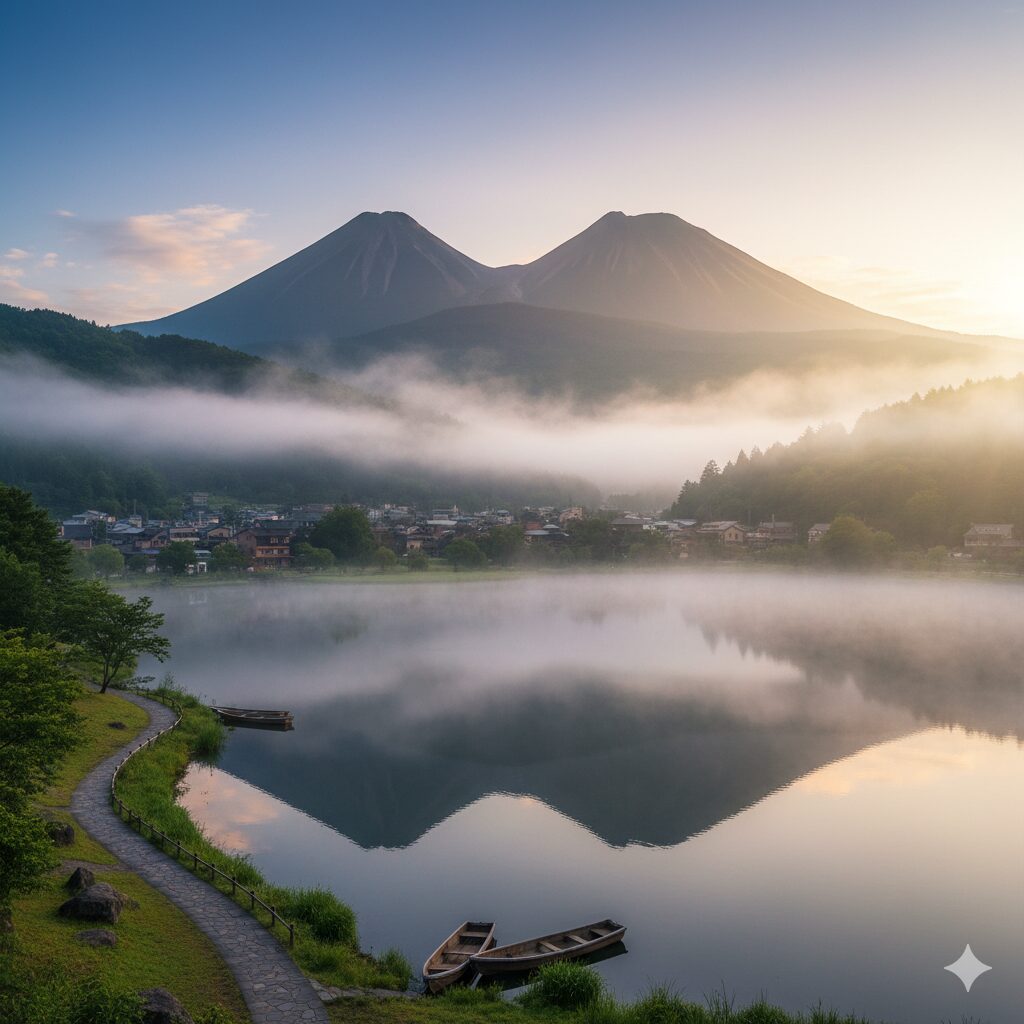
1-1 Basics: mood, layout, and first-timer tips
The town’s life runs along the station, Yunotsubo Kaidō, and Lake Kinrin. Most places are walkable within 10–25 minutes. The mountain backdrop is ever-present, and farms and paddies sit right next to cafés and galleries. Crowds are softest in early morning and late afternoon. For area outlines and local notices, see Yufu City (Official website (Japanese)).
1-2 What makes Yufuin different from Beppu?
Beppu is a larger hot-spring city with urban sprawl and famous “Hells.” Yufuin is smaller and calmer, with boutique ryokan and open farmland. If you like strolling with coffee and short nature breaks, choose Yufuin. If you love variety and night activity, base in Beppu and day-trip to Yufuin. See Oita prefecture’s tourism portal for both areas (Official website (Japanese)).
1-3 Weather overview at a glance
Winters are cool and dry with crisp mornings, springs are mild, summers are warm and humid with afternoon showers, and autumns are dry with bright foliage. Because Yufuin sits inland and a little higher, it usually feels slightly cooler than the coast. For official climate stats and advisories, consult the Japan Meteorological Agency (Official website (Japanese)). Keep an eye on oita japan weather in the days right before your trip.
2. How can you get there from Fukuoka, Oita Airport, or Beppu?
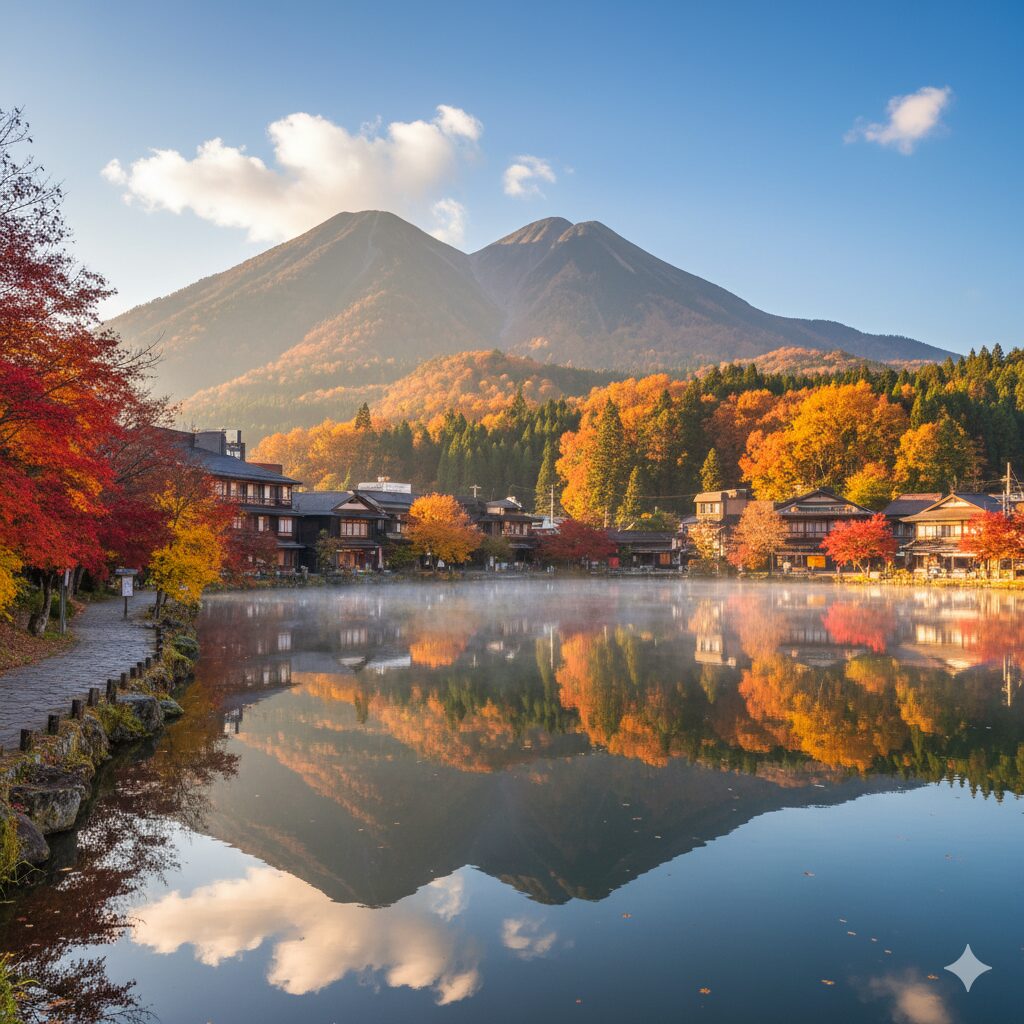
2-1 From Fukuoka (Hakata) by JR train or highway bus
JR’s limited express services connect Hakata (Fukuoka) to Yufuin, including the scenic train often marketed for this route. The run is roughly 2–2.5 hours depending on the service and connection. Highway buses from Tenjin/Hakata are also straightforward and sometimes faster point-to-point. Confirm the current timetable and any service notes at JR Kyushu (Official website (Japanese)) and major bus carriers (Official website (Japanese)).
2-2 From Oita Airport or Beppu
From Oita Airport, direct buses or bus+train combos reach Yufuin in about 55–80 minutes, depending on connection. From Beppu, local trains or buses take roughly 50–70 minutes. Check the airport bus page and Oita Kotsu for the latest (Official website (Japanese), Official website (Japanese)).
2-3 Getting around Yufuin (walk, taxi, bicycle)
The station to Lake Kinrin is an easy 25–30 minutes on foot. Taxis are lined up at the station and useful if you have luggage or plan to bathe at ryokan day spas on the outskirts. Some guesthouses lend bicycles. For local service notes and tourist information, see Yufuin’s tourism association (Official website (Japanese)).
Table 1: Access & Time Summary
| Route | Time (one way) | Notes & Official Links (JP) |
|---|---|---|
| Fukuoka (Hakata) → Yufuin by JR | 2–2.5 hours | Timetables & seat reservations (Official website (Japanese)) |
| Fukuoka (Tenjin/Hakata) → Yufuin by bus | 2–2.5 hours | Kyushu Sanko & partners (Official website (Japanese)) |
| Oita Airport → Yufuin by bus | 55–80 minutes | Airport bus info (Official website (Japanese)) / Oita Kotsu (Official website (Japanese)) |
| Beppu → Yufuin by local train/bus | 50–70 minutes | JR & local buses (Official website (Japanese), Official website (Japanese)) |
* Times are typical under normal conditions. Always verify current operations and any service changes on the Official website (Japanese) before traveling.
3. What are the best things to do in town?
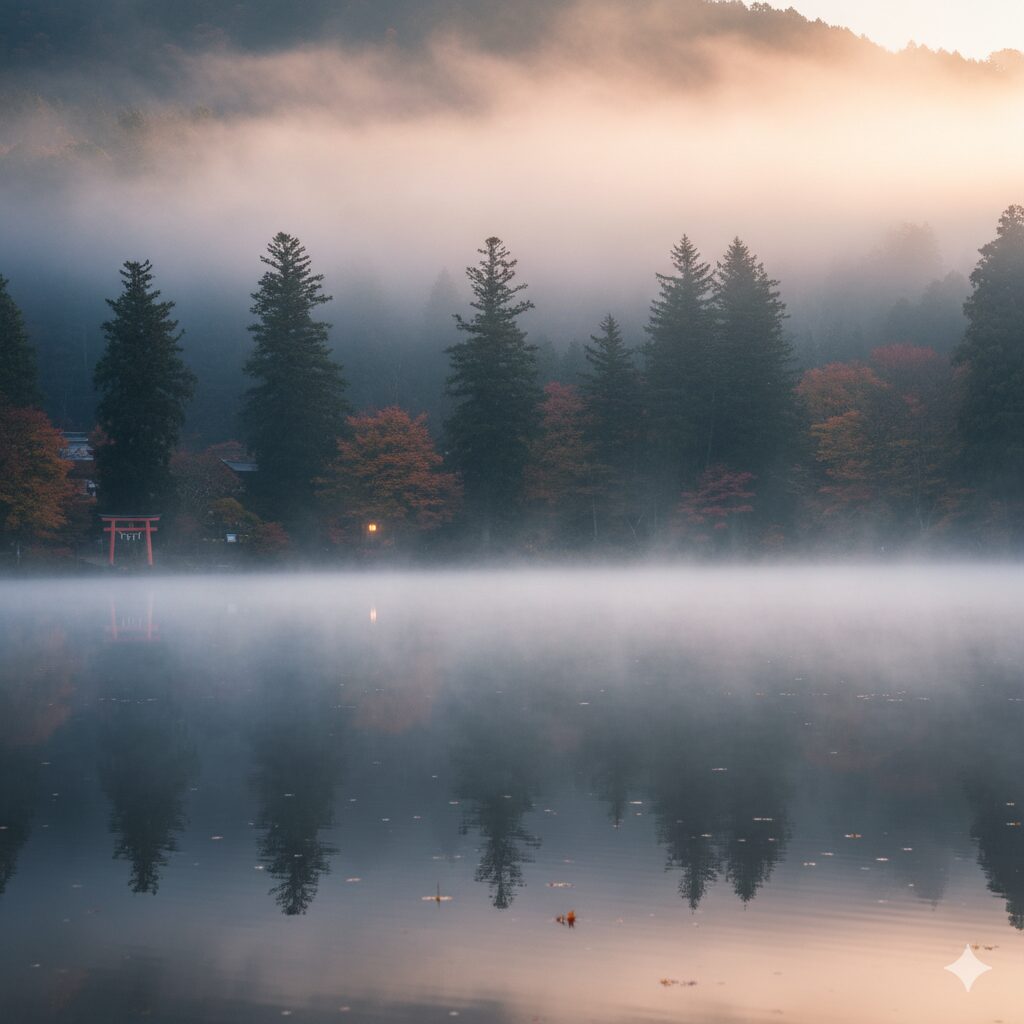
3-1 Lake Kinrin and morning mist
The lake often shows thin mist on chilly mornings when warm spring water meets cool air. Go around sunrise for calm views and short loop walks. Nearby cafés open later in the morning. Check local notes and etiquette through Yufu City and the tourism association (Official website (Japanese), Official website (Japanese)).
3-2 Day-use onsen (sento/ryokan baths)
Many ryokan offer day bathing for ¥500–1,500 per person, often with gender-separated indoor/outdoor baths. Bring a small towel or rent one on site. Hours and prices vary; confirm at the ryokan or the tourism association list (Official website (Japanese)).
3-3 Art, small museums, and farm cafés
Yufuin’s charm is scale: compact galleries, music spaces, and coffee stands tucked into rice fields. You can fill a day without rushing. For updated event calendars and featured spots, refer to the prefecture’s tourism site (Official website (Japanese)).
4. Where should you eat and stay (and how much)?
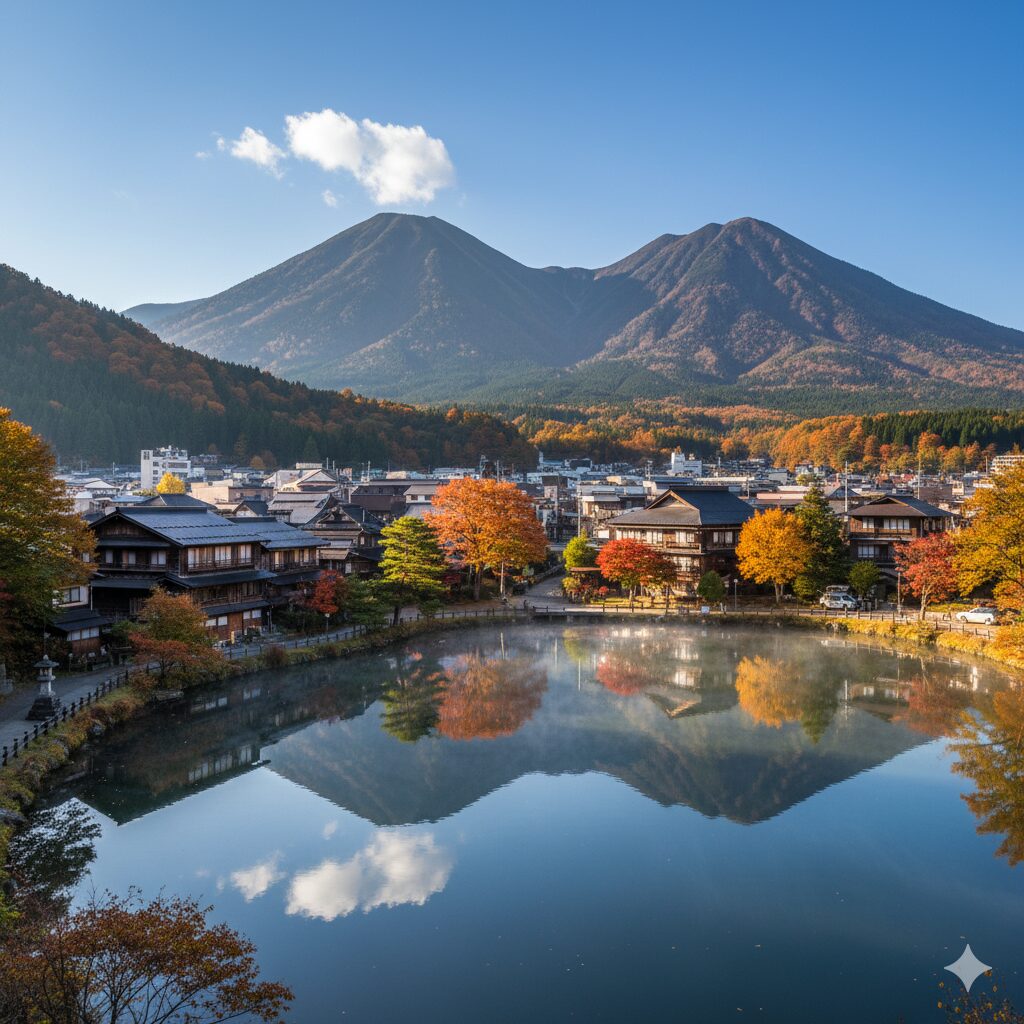
4-1 Ryokan types and what is included
Plans range from room-only to half board (dinner+breakfast). Kaiseki meals feature seasonal fish and mountain vegetables. Many properties offer private-use baths you can reserve by time slot. Confirm inclusions and bathing rules on the ryokan’s page via the association (Official website (Japanese)).
4-2 What to eat: simple local picks
- Bungo beef steak or sukiyaki
- Toriten (chicken tempura) with yuzu-pepper
- Milk puddings, soft serve, and cheesecake from local dairies
See area food features on Oita’s official site (Official website (Japanese)).
4-3 How much to budget
Prices change by season, day of week, and room type. Use the table below as a simple planning baseline, then verify directly with properties and carriers on their Japanese pages.
Table 2: Budget & Ticket Prices (Typical Ranges)
| Item | Typical Price | Where to check (JP) |
|---|---|---|
| Day-use onsen (per person) | ¥500–1,500 | Yufuin Onsen assoc. (Official website (Japanese)) |
| JR limited express (Hakata → Yufuin) | ¥4,000–6,500 (seat/season vary) | JR Kyushu fares (Official website (Japanese)) |
| Highway bus (Fukuoka → Yufuin) | ¥2,500–3,500 | Kyushu Sanko, etc. (Official website (Japanese)) |
| Ryokan (per person, half board) | ¥18,000–40,000+ | Property pages via assoc. (Official website (Japanese)) |
* Price ranges are planning guides; exact fares and room rates vary by date and category. Confirm on each Official website (Japanese) before booking.
5. When is the best season and what is the weather like?
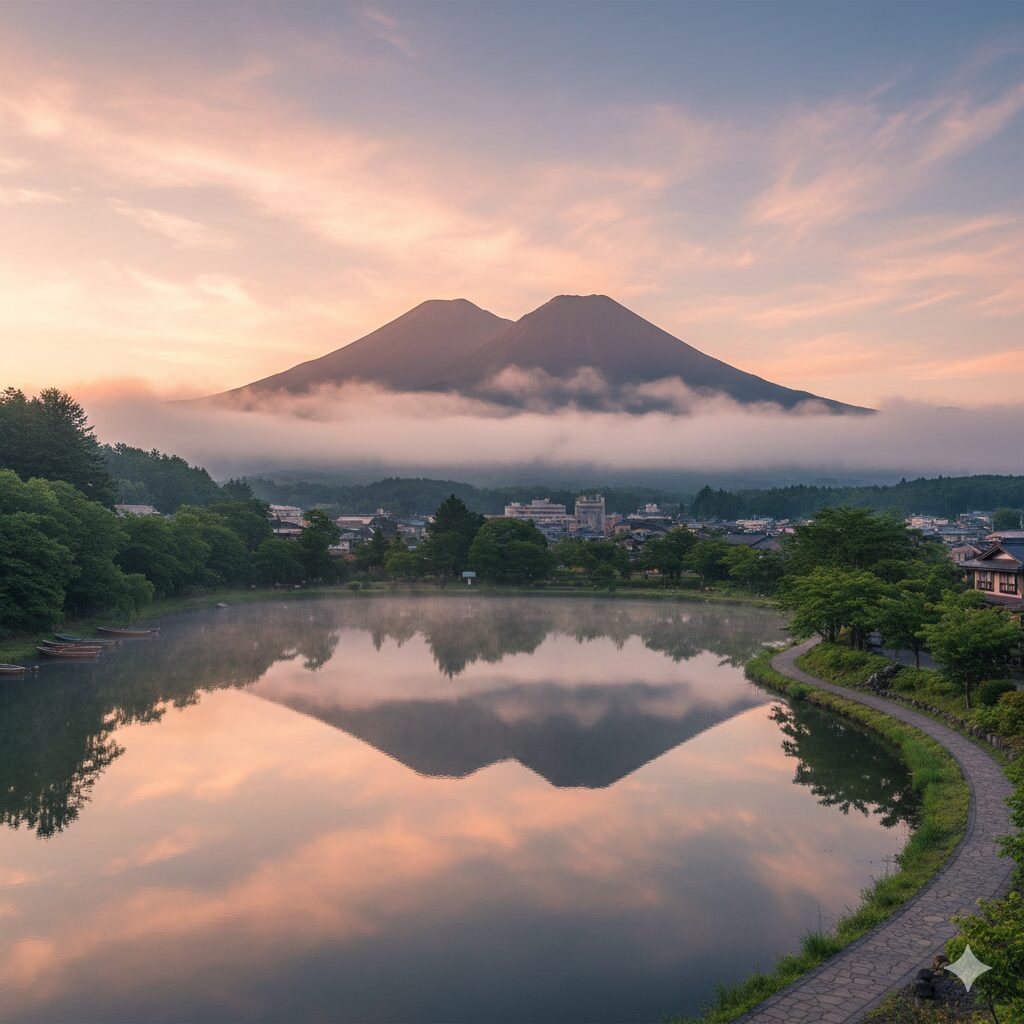
5-1 Seasonal calendar for planning
Yufuin’s inland setting means cooler mornings and bigger day-night swings than coastal Oita City. The calendar below gives a practical idea of clothing and crowd levels. Always check the latest oita japan weather forecast before you pack.
Table 3: Seasonal Calendar (Weather & Crowds)
| Month | Typical Feel | What to Pack | Crowds |
|---|---|---|---|
| Jan–Feb | Cold, clear, chance of frost | Warm coat, knit cap, bath-friendly sandals | Low–Moderate (weekends higher) |
| Mar–Apr | Mild days, cool nights, blossoms | Light jacket, layers for evening | Moderate–High (holiday peaks) |
| May–Jun | Warm; June rainy season starts | Umbrella, breathable layers, quick-dry shoes | Moderate |
| Jul–Aug | Hot, humid; afternoon showers | Sun hat, water bottle, towel for sweat | High (summer holidays) |
| Sep–Oct | Comfortable days; crisp evenings | Light sweater, thin jacket | Moderate–High (foliage season) |
| Nov–Dec | Chilly; clear views; first frosts | Coat, scarf, warm socks for evening walks | Low–Moderate |
* Seasonal impressions are for planning only. For monthly normals and alerts, consult the Japan Meteorological Agency (Official website (Japanese)).
5-2 Packing and onsen etiquette
- Carry a small towel; most day baths do not let you bring it into the water.
- Rinse before soaking; keep hair out of the bath.
- In summer humidity, bring quick-dry layers; in winter, bring warm socks and a beanie.
For local courtesy notes and facility rules, refer to the onsen association’s Japanese pages (Official website (Japanese)).
5-3 Festivals and local events (examples)
Event calendars shift year to year. Expect seasonal matsuri, art and music gatherings, and food fairs. For dates and traffic notices, watch the city’s announcements and prefectural tourism pages (Official website (Japanese), Official website (Japanese)).
6. Summary and next steps

6-1 Quick FAQ
Q1. When is the best time to visit Yufuin?
A1. Late March–April and October–November for mild air and clear views. Always check the JMA forecast for oita japan weather (Official website (Japanese)).
Q2. How long should I stay?
A2. A calm overnight is ideal. With 24–36 hours you can stroll, bathe twice, and see Lake Kinrin at sunrise.
Q3. Can I visit as a day trip from Fukuoka or Beppu?
A3. Yes. From Fukuoka it is about 2–2.5 hours each way; from Beppu ~1 hour. Confirm your chosen service on JR and bus sites (Official website (Japanese), Official website (Japanese)).
6-2 Useful internal links for planning
- Japan Travel — Start Here
- Ask us a question — Contact
- Tokyo & Kyushu sample itineraries (editor’s picks)
6-3 Final note
This guide focuses on clear planning numbers and simple decisions. For any fixed fare, timetable, or event date, always verify on the Japanese official pages linked above before you go.